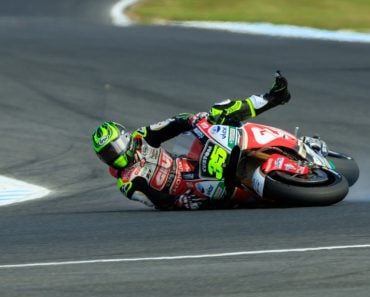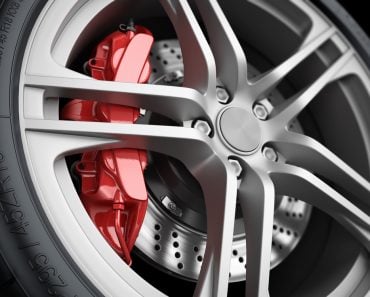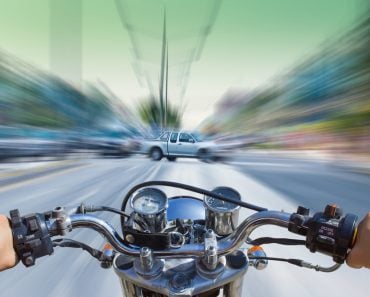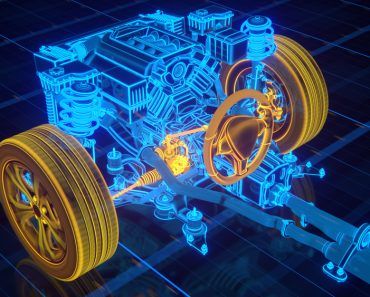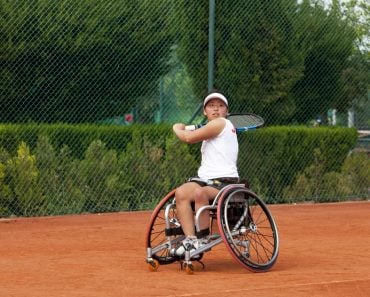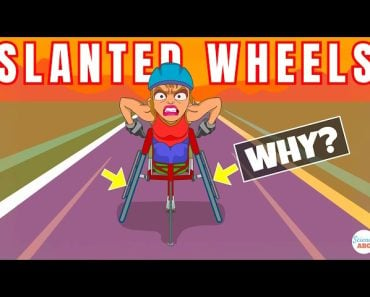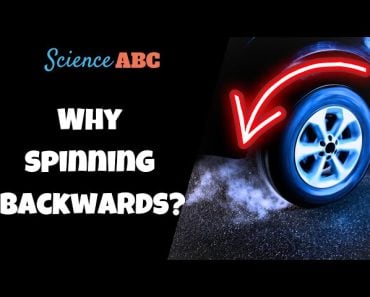Table of Contents (click to expand)
The physics behind a wheelie is that it is based on two very common physical concepts: angular momentum and torque. In order to lift the front wheels off the ground, you need to unbalance the torques acting on the rear wheel. This is achieved by accelerating the motorcycle until the load borne by the front axle is decreased to zero, thereby increasing the torque that’s applied around the rear axle – and therefore the rear wheels.
No matter how much faster, more advanced and more sophisticated you make something, the human tendency to tinker and tweak will never be quenched. Consider bikes, for example. It doesn’t matter how comfortable and swift you make them, there will always be people for whom riding a bike the conventional way will be too ‘mainstream’. Sometimes, motorcyclists bend at dangerously low angles to bank a turn or raise their front wheel just for the fun of it. However, both of these ‘stunts’ involve an important understanding and manipulation of physics.
While we have already covered how motorcycle riders bend over so much without falling off their bikes in this article, it’s time to find out how they can raise the front wheel of their bikes while riding, or in other words, “pop a wheelie”.
Recommended Video for you:
What’s A Wheelie?
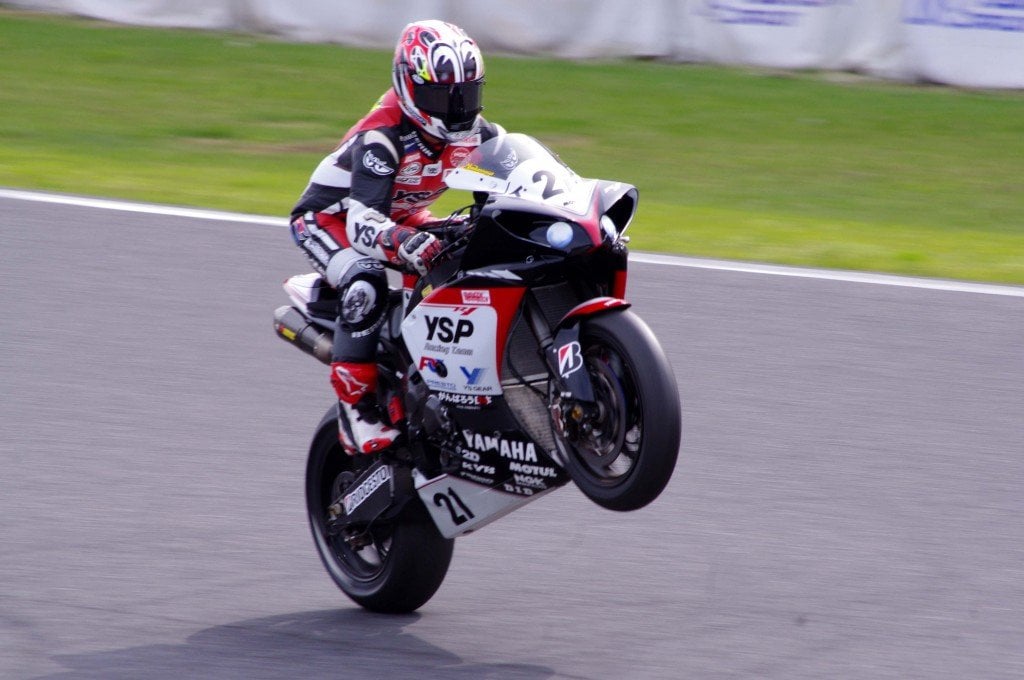
A wheelie, also known as a wheelstand, is a vehicular maneuver that involves raising the front wheel (or wheels) above the level of the rider relative to the vehicle in question, while keeping the rear wheel/s on the ground. You’re most likely to see riders perform wheelies with motorcycles or bikes, although they can also be performed with other automobiles, like cars, tractors and so on.
A wheelie is considered to be a daredevil stunt for obvious reasons. However, like a lot of other audacious stunts, wheelies are also based on two very common physical concepts: angular momentum and torque.
Angular Momentum And Torque
In the most basic terms, angular momentum can be considered as the measure of the momentum of a body that is moving in circles (i.e., undergoing a rotational motion). For physics geeks, the angular momentum of an object is the product of its moment of inertia and angular velocity.

There are many examples of angular momentum around you, such as a quarterback imparting a spin while throwing the ball, or a bullet spinning as it leaves the muzzle of a gun.
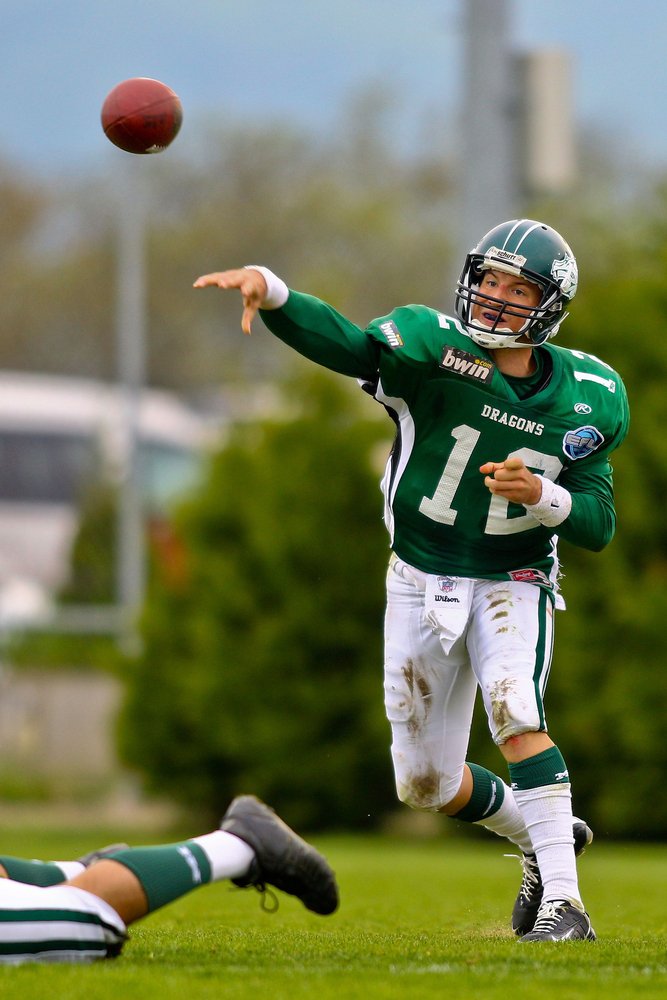
On the other hand, torque is a measure of the twisting force that causes an object to rotate. This is something even more common in everyday life. You apply torque more often than you realize, such as when you turn a doorknob, unlock a lock, or turn the key in the ignition of a car, you’re applying torque on something. In more technical terms, it’s the cross product of the force vector ‘F’, distance vector ‘r’ and the sine of the angle between the two.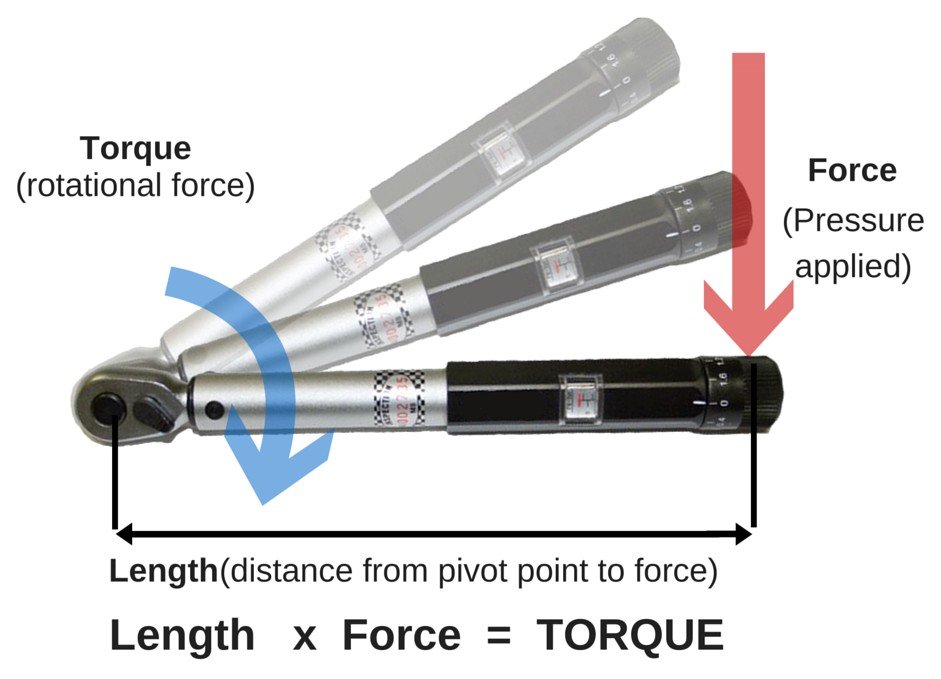
Now that you have a fair idea about angular momentum and torque, let’s see how these physical forces help raise the front wheels of a motorcycle into a wheelie.
When a motorcycle moves on a level surface, the force of gravity is exerted on the center of mass of the motorcycle, and the normal forces (acting in the opposite direction of gravity) are exerted by the ground on the front and rear wheels. Hence, an equilibrium is established between these forces and the motorcycle moves normally.
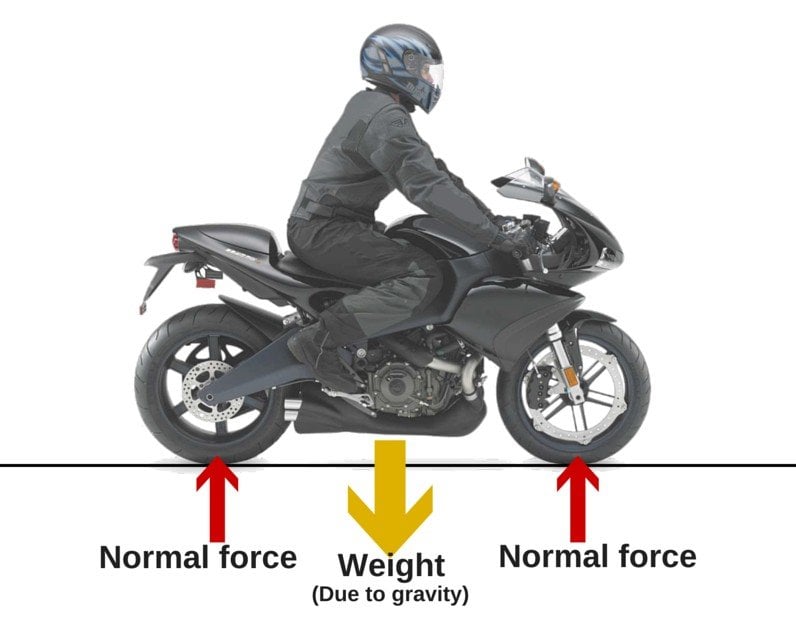
In order to lift the front wheels off the ground, you need to disturb this equilibrium between these two opposing forces. More specifically, you need to unbalance the torques acting on the rear wheel.
This is achieved by accelerating the motorcycle until the load borne by the front axle is decreased to zero, thereby increasing the torque that’s applied around the rear axle – and therefore the rear wheels. Note that the normal force on the rear wheel does not apply any torque on the rear wheel; only gravity and the engine of the motorcycle do. Therefore, all the engine has to do is supply more torque (through the drive train) to the rear wheel than the gravitational torque, and lo and behold! A Wheelie!
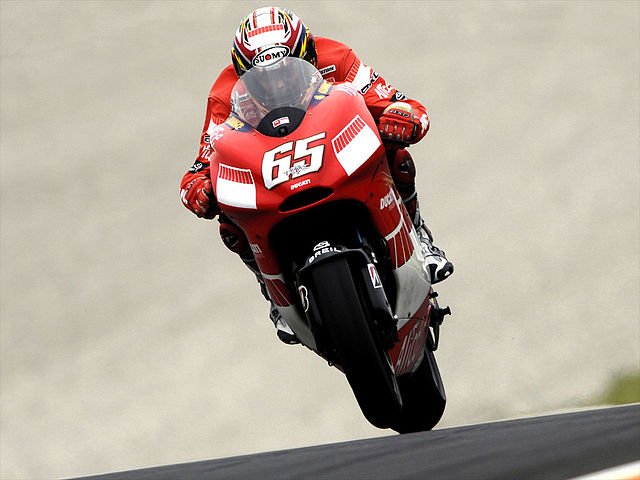
How Much Power Is Required To Perform A Wheelie?
That all depends. You see, the power required for performing a wheelie can be obtained from the formula:
P = mva
where P is power, ‘m’ is the mass of the bike, ‘v’ is the velocity of the bike and ‘a’ represents the acceleration of the bike.
It’s clear from this equation that the power needed to perform a wheelie is proportional to the velocity and mass of the motorcycle. In a practical scenario, this means that for lifting the front wheels with minimum power, you need to have a light motorcycle that’s moving slowly (without considering the power that would be required to overcome the air resistance as the motorcycle moves).
And yes, it also means that the best time to perform a wheelie with a bike is when it’s just starting to move. In fact, it’s so incredibly easy at the start that many times, people accidentally raise their front wheels up without consciously trying to do so at the beginning of a race or a ride.
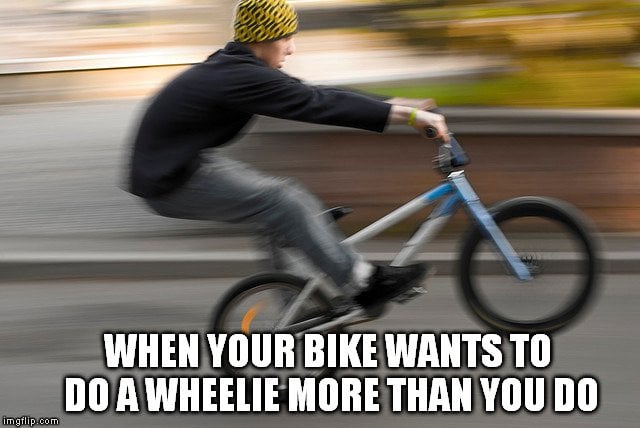
Other Factors Affecting A Wheelie
Apart from unbalancing torques on the rear wheel, there are a few other factors that facilitate a clean and smooth wheelie. A motorcycle with a small front sprocket, a large rear one, and a shorter wheelbase is preferable. Also, you need to sit as far as back as possible, so that more of your weight is borne by the rear wheels.
Remember, however cool it may seem, performing a wheelie is actually very difficult – and quite dangerous too! Therefore, it’s best not to try it yourself without proper training and practice.
References (click to expand)
- Wheelie - Wikipedia. Wikipedia
- Wheelies or wheelstands: From Physclips. The University of New South Wales
- Bicycle and motorcycle dynamics - Wikipedia. Wikipedia
- Lecture Notes | Chemistry of Sports | Experimental Study Group. MIT OpenCourseWare
- How does a wheelie work? - Physics Stack Exchange. Stack Exchange


